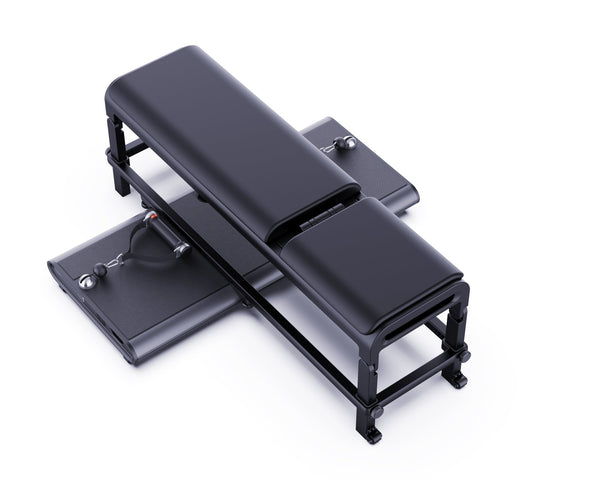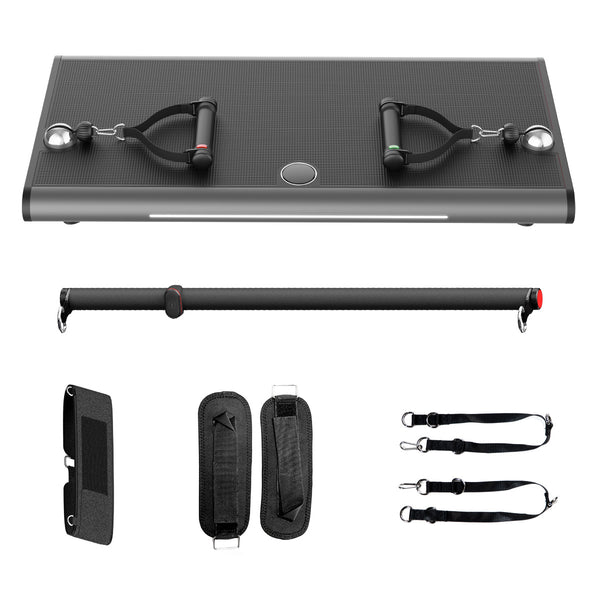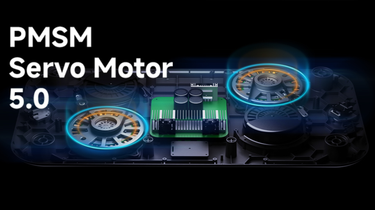4 Widerstand Verschiedene Modi
Mehrere Trainingsmodi, Fettverbrennung, Formung und Muskelaufbau nach Bedarf umschaltbar, mehrdimensional, um die Fitnessanforderungen zu erfüllen und den Trainingseffekt effizient zu verbessern; für mehr Personen geeignet, Anfänger, professionelle Fitnessbegeisterte und so weiter;




Warum INNODIGYM P1 wählen
-
![]()
MINIMALES DESIGN – 6 CM
Ultradünnes Design und integrierter Druckguss aus Aluminiumlegierung
-
![]()
Stereo-5-W-Bluetooth-Verstärker
Der Stereo-5-W-Bluetooth-Verstärker bietet kraftvollen Sound in kompaktem Design. Genießen Sie kabelloses Audio-Streaming mit Bluetooth-Konnektivität.
-
![]()
5.0 Scheiben-Servomotor
Erleben Sie unübertroffene Präzision mit Innodi P1, angetrieben von unserem 5,0-Disc-Servomotor. Verbessern Sie Ihr Heimtraining mit dieser fortschrittlichen, langlebigen Technologie.
-
![]()
Sicherheitsschutzmechanismus
Zahlreiche Schutzmechanismen durch moderne künstliche Intelligenz: Verbesserte Sicherheitsfunktionen
-
![]()
Sicherheitsknopf
Sicherheitsknöpfe an beiden Griffen und an der Stange. Sie fungieren als ausfallsicherer Mechanismus und geben die Gewichte sofort frei, wenn die Belastung zu groß wird.
-
![]()
Materialien für die Luft- und Raumfahrt
Werten Sie Ihr Heim-Fitnessstudio mit der Innodi P1-Serie auf und verwenden Sie Materialien aus der Luft- und Raumfahrt für unübertroffene Stärke und Langlebigkeit.
For anyone serious about strength training, a lifting belt is a valuable tool that can enhance both performance and safety. While lifting belts are often associated with advanced lifters, they can benefit individuals at any skill level when used properly during heavy lifting.
The primary purpose of a lifting belt is to provide additional support to your lower back and core during compound movements like squats, deadlifts, and overhead presses. When lifting heavy weights, your core stabilizes the spine, and a lifting belt helps reinforce this stability by increasing intra-abdominal pressure. This creates a more rigid trunk, reducing the strain on your lower back and decreasing the risk of injury.
One of the main benefits of wearing a lifting belt is the ability to lift heavier weights safely. By supporting your core, a lifting belt allows you to engage more muscles effectively, which can lead to improved performance in exercises that require a strong core, such as deadlifts and squats. Many lifters report that using a belt gives them extra confidence when handling heavier loads.
However, it's essential to understand that a lifting belt should not be relied on to replace proper form or technique. It's a tool meant to assist you during max lifts or high-intensity sets, but maintaining proper posture, alignment, and muscle engagement is always crucial to avoiding injury.
When choosing a lifting belt, it’s important to consider the size and material. Most belts are made from leather or nylon, with leather belts offering more durability and support, especially for heavy lifting. Nylon belts, on the other hand, tend to be more comfortable and flexible, making them suitable for a wider range of exercises.
The fit of the belt is also critical. A good lifting belt should be snug around your waist without restricting your breathing or range of motion. Ensure that the belt fits securely but allows you to engage your core muscles fully for maximum benefit.
Incorporating a lifting belt into your strength training routine can lead to significant gains in both performance and safety. Whether you're pushing for a personal best in the squat rack or aiming for better overall core stability during your workouts, the right lifting belt can make a substantial difference. Remember, it’s not just about lifting heavier but lifting smarter and safer.
Digitales Fitnessstudio


INNODIGYM P1 PLUS


INNODIGYM P1 MAX


































